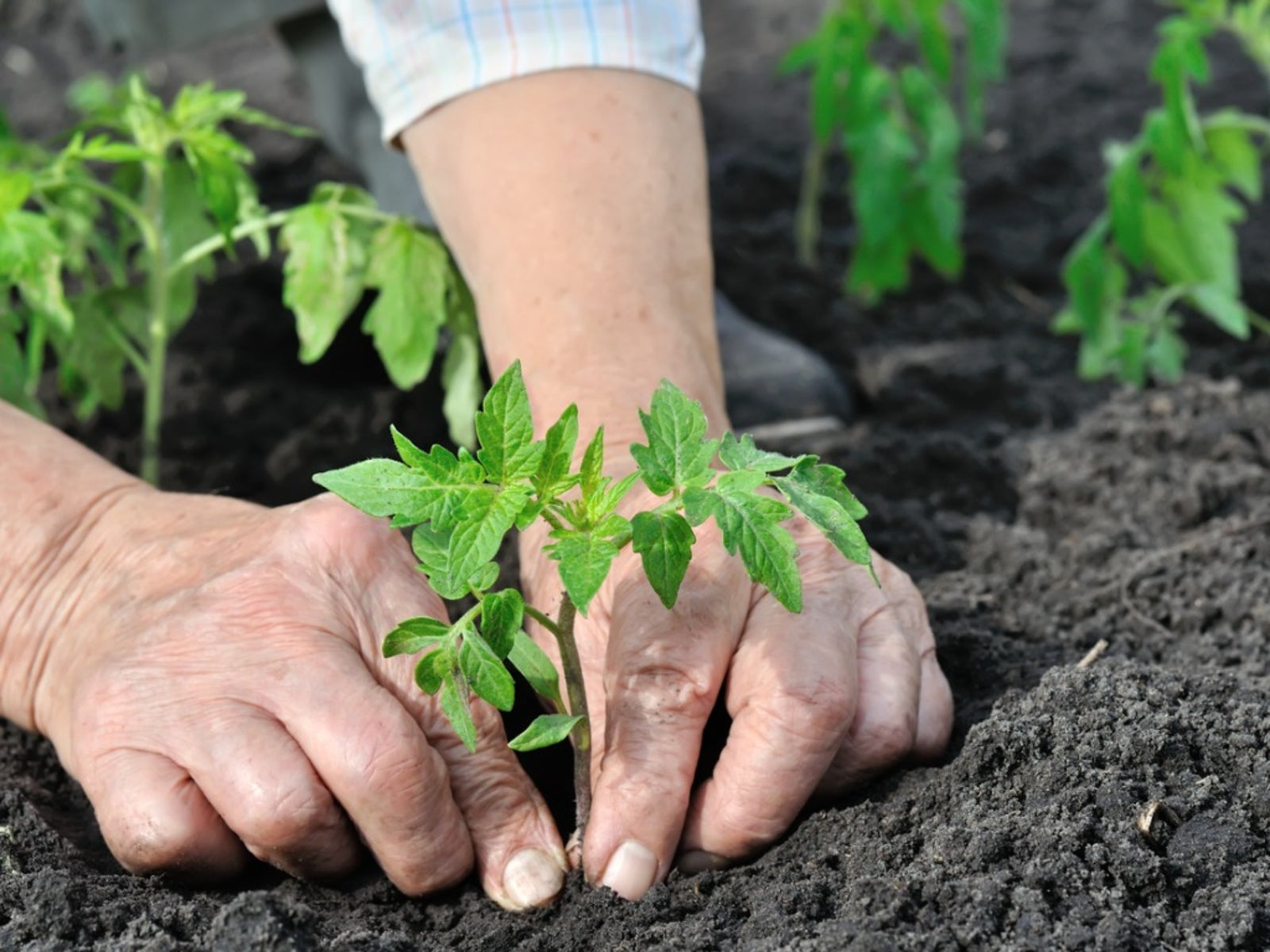Tomato Seedling Problems : Learn About Diseases Of Tomato Seedlings


Ah, tomatoes. The juicy, sweet fruits are perfect by themselves or paired with other foods. Growing your own tomatoes is rewarding, and there is nothing like freshly picked fruit just off the vine. Seeding tomatoes early indoors helps northern gardeners enjoy these superfruits, but tomato seedling problems can squelch dreams of caprese and BLTs. Learn how to avoid these common tomato diseases in seedlings.
Dealing with Sick Tomato Seedlings
Tomatoes are one of the most versatile fruits and something to which we all look forward in summer. They are easy to grow in areas with plenty of sunshine and warmth, but they are also prone to many fungal, viral, and bacterial diseases. Many things can cause sick tomato seedlings but there are steps you can take to prevent problems. Some information on tomato seedling diseases may help avoid issues as they grow.
Fungal Diseases
Probably more of the issues found when starting tomatoes are fungal. Fungi are sneaky and can creep in even in the best cultivation.
- Early blight is one of the more prevalent diseases of tomato seedling and occurs in periods of high humidity and warm temps. It shows as small black lesions on young foliage and progresses to create bull’s eyes of necrotic tissue. Foliage will fail and stems are attacked, girdling them.
- Damping off, caused by the fungi Pythium or Rhizcronia, is another common disease. It is active in cool, wet, rich soil. Seedlings wilt and then die.
- Fusarium wilt is soil-borne and causes drooping and wilting followed by yellowing leaves.
- Botrytis is common in many plants. It produces fuzzy black mold and, once it progresses into the stem, it girdles the plant and kills it.
Controlling humidity, cleaning up old plant debris, and avoiding overhead watering can all help prevent all these diseases. Copper fungicides may also have some effect.
Bacterial Problems
Bacterial diseases enter through a small wound in a plant. This may be from an insect, mechanical injury, or even the natural openings in a leaf. Bacteria are most often on the seed itself, but they can spread with the splashing of water as happens with overhead watering.
- Bacterial leaf spot starts in leaves, producing yellow halos with dark centers. Sudden cooling after hot, humid conditions encourages the disease.
- Bacterial canker normally affects trees but other plants aren’t always immune. It also produces a halo but it is white. Young leaves of tomato plants become streaked with cankers that ooze bacterium when older. This disease can persist in soil for years.
- Bacterial speck has similar symptoms to bacterial spot.
These types of tomato seedling diseases are started with the seeds themselves, so it is important to purchase seeds from reputable dealers.
Viral Tomato Seedling Problems
Sick tomato seedlings may also be infected with a virus. These are usually introduced through an insect vector but also through human touch.
Sign up for the Gardening Know How newsletter today and receive a free copy of our e-book "How to Grow Delicious Tomatoes".
- Tobacco mosaic causes stunted plants and light and dark mottled spots on leaves. The virus is extremely infectious and can be transmitted by handling plants. Similarly, the double streak virus causes mottling and lesions with a papery texture.
- Thrips are an insect vector that transmits spotted wilt. This virus is similar to double streak with streaked lesions followed by purpling of the leaf edges.
- Curly top affects many types of plants but in tomatoes, it stunts plants, deforms leaves, and leaf veins are purple.
In all cases, good sanitation practices are important to avoid these diseases. Removing weeds, controlling insects, and keeping tools and hands clean can reduce the incidence of these types of diseases.

Bonnie Grant is a professional landscaper with a Certification in Urban Gardening. She has been gardening and writing for 15 years. A former professional chef, she has a passion for edible landscaping.